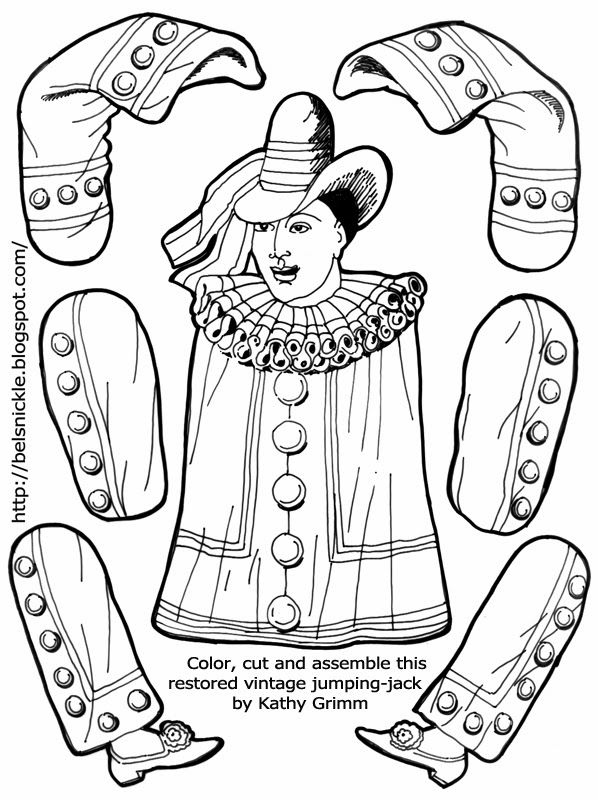"May the God of hope fill you with all joy and peace in believing, so that by the power of the Holy Spirit you may abound in hope." Romans 15:13
He speaks the mind of God who tells us and would have us know what God thinks, for if it were not for him we could not know at all. "God did so love the world that he gave his own, one Son, to be born at this time for us, to the end that all who trust in him should not die, but have the life which lasts for aye." He came and "dwelt with us" on earth that men might see with their own eyes at least one pure life, lived free from sin. He was made "flesh of our flesh" and bone of our bone," "God with us" in truth, but man no less, true man and true God-- a child like one of our own. That is the strange thing, so deep that no man, wise as he may be, can quite take it in. He was to be "God with us," but at the same time, "a worm and no man"-- less than a man in the grief and pain and scorn which he bore.
The texts take our thoughts back to the birth of this day. It is a birthday for the whole world to keep. All men can say: "To us this child is born; to us God gave this son of his love. I have may share in it." And so we are all glad of heart and make our church joyful with plants and flowers and sing our hymns of joy and keep the feast with gifts and good fare. It is the birth day of all our hopes. Now, it was good news of great joy that the host from on high brought to the shepherds who kept watch on their sheep in the fields. And it is still so. For us, as much as for them, was born in that small town one strong to save, "Which is Christ the Lord."
It is old news now, and I fear it falls on our dull, cold hearts like some old tale of long past time which has lost its charm. Oh, let us not shut our ears to it as some of those first men did ! When he came to his own his own would not take him in. They said, "There is no room for him here" no room in the inn when he came to it. It was not an inn, you must know, like one of ours, but a mere bare court where those on the road might rest--a "khan" they call it in the east.
Does it not seem to us a sad and a strange sight that a young babe should be shut out in the cold night--God in want of house room? A poor place, at best, as rude and rough as we can well think, and, such as it was, quite full with the crowd who had come first. The host of the inn sends them off. He tells them there is a cave at the back of the inn where the beasts are kept; they may find rest there, if they will. That cave, where the birth of all time took place, is still shown in the rock. A great church built there marks the spot. Then, poor, mean and cold, it was the best place he could find to lay his head.
The fox has his hole and the bird of the air her nest, but the Son of Man hath not where to lay his head." So, in that cave in the rock, the stall of the ox and the ass, in the crib out of which they ate their hay, the newborn babe was laid. Just think what all this means--God made flesh, God born as man in this world of ours, that he might find a way to bring back man to God! He hid his might, and men hid their face from him. None but the shepherds who kept their sheep saw or knew of it till they fell to the ground in a great blaze of light, and a host of bright ones in the sky sang such a song as no choir on earth has sung, which gave praise to God on high, "and on earth peace, good will to men." Those shepherds had faith to go and seek the child of whom they were told. They found him in the crib, and they saw more than their eyes could see. They knew that in that weak child was the power of God to save. And so these good men, when they had bow'd down, went back to their flock, struck with awe, and "gave praise to God for all they had heard and seen."
Shall we do less? Shall we not, too, go home and give thanks on our part, with joy for what we have heard? And in all our joy let us find room for the one guest who should not be left out-- room in our hearts for him whose word is life. Written by Rev. A. Smythe Palmer, M. A., D. D., vicar of Holy Trinity church, Banstead, England
"Be Born In Me" is a gorgeous, reflective song penned by Nichole Nordeman and beautifully sung by Francesca Battistelli. Written from Mary's point of view, Nordeman weaves an insightful picture of what Mary may have felt upon learning that she would be carrying the Son of God as her child."













.JPG)




























